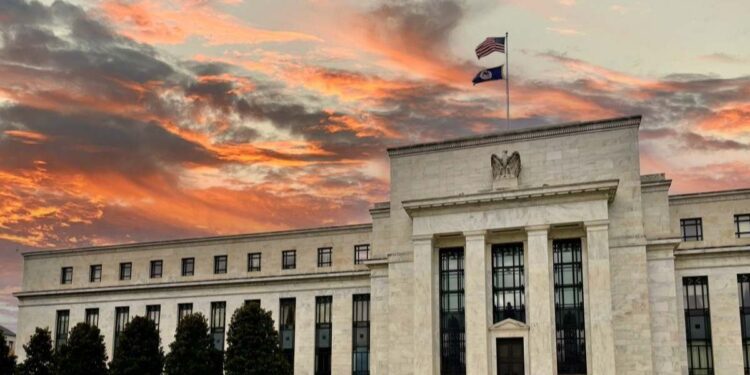The economies around the world suffered a simultaneous inflation shock during and after the pandemic, which collapsed global supply chains while many governments supported households during periods of disruption and lockdown. Following a widely synchronized inflation spike in many economies, a significant easing of energy prices and the reopening of supply chains allowed inflation to drop sharply.
Although there have been exceptions, this is an explanation that fits the inflation profile of many economies. However, as we move into 2024, idiosyncratic differences are characterizing local inflation trends, and this will increasingly determine the timing of any relaxation of restrictive policy.
To illustrate these differences, we can consider the United States and the eurozone: both have seen inflation fall to near target – 2.4% in the US and 2.6% in the eurozone – and we expect both central banks to begin easing their policies in June. But the US has enjoyed a solid expansion in recent quarters, while the eurozone has barely avoided recession. In turn, differences in underlying potential growth have been significant: the US has benefitted from a major supply-side boost through its labor market, while the eurozone has faced a negative shock, mainly in energy supply.
The evolution of all these conditions, as well as the development of economic activity itself, will determine how far the major central banks can go in relaxing restrictive policy.
Looking further ahead, inflation rose much later in Japan, briefly exceeding 4% just last year, before falling back to its current 2.8%. An increase in inflation expectations and a second consecutive year of robust union wage growth have convinced the Bank of Japan (BoJ) that it can phase out its negative interest rate policy in place since 2016, raising rates for the first time since 2007. It remains to be seen how much further rates will tighten and inflation will fall, but for now the BoJ seems to have won its battle against deflation.
On the other hand, China is now facing consumer price deflation. While the recent price decline was a result of large fluctuations in pork prices, even excluding food prices in general, China’s underlying inflation has been close to zero, a result of poor consumer activity and authorities’ resistance to a weaker currency.
For now, we consider it likely that fiscal stimulus will boost activity, which should raise inflation. However, the stimulus chosen by China runs the risk of missing its target with a transmission system affected by the real estate sector, while generating debt and potential overcapacity, factors that could add deflationary pressures later on.
In fact, different trends have emerged in different regions of the emerging markets world. In Asia excluding China, inflation was moderate compared to larger economies throughout the pandemic, but has increased somewhat since then. This delayed impact on prices has made central banks slower to raise rates and will delay rate cuts.
The opposite has happened in Latin America, where despite inflation rising in general at the same time as in the US – with the exception of Brazil, where rates rose more quickly – central banks tightened their policies much earlier than developed central banks. As a result, the central bank of Mexico was the last in the region to start its easing cycle this month, and we expect further cuts, as inflation has generally returned or is close to returning to central bank target ranges.
It is ironic that, in the face of growing signs of divergence in economic fundamentals, this month’s decision by the Bank of England (BoE) has led us to bring forward to June our forecast for the first rate cut in the UK.
We now expect the Fed, ECB, and BoE to cut rates in June and Canada to do the same in July. However, in more general terms, while markets have seen a very similar policy path for many central banks in the next two years, these emerging fundamental differences – likely to be exacerbated by different political calendars – could evolve in very different directions.


